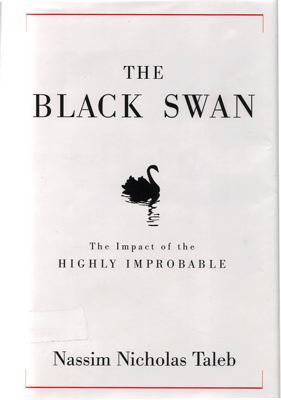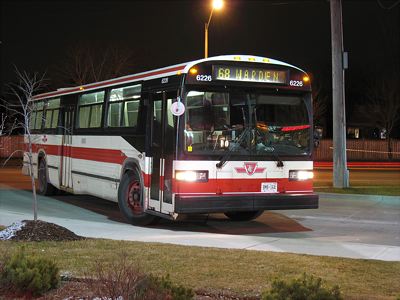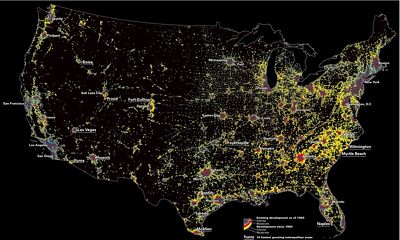Most city residents don’t want density. But they also don’t want urban sprawl. How do we deal with this conundrum? The obvious (but stupid) answer is to put all new residents in a few extremely high-density developments. That solution prevents sprawl without densifying most existing neighborhoods.
So I was not surprised when Jim Karlock pointed out to me that Portland City Commissioner Sam Adams proposed in a speech last week that Portland “should plan to accommodate our share of projected regional growth — Metro anticipates 300,000 more Portlanders by 2035 — within 1/4 mile of all existing and to-be-planned streetcar and lightrail transit stops.” This would, he said, “encourage responsible, transit-supportive development while protecting our existing single-family neighborhoods from undo growth.”
By which, I presume, he means “undue growth.” (I previously mentioned a news report of this speech but had not read the complete text.)












